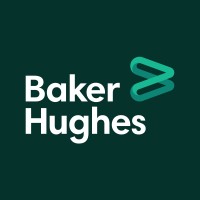
Transocean
Transocean is a leading international provider of offshore contract drilling services for oil and gas wells. The company specializes in technically demanding sectors of the global offshore drilling business, with a particular focus on ultra-deepwater and harsh environment drilling services and operates the highest specification floating offshore drilling fleet in the world. Transocean owns or has partial ownership interests in and operates a fleet of 27 mobile offshore drilling units, consisting of 20 ultra-deepwater floaters and seven harsh environment floaters.






